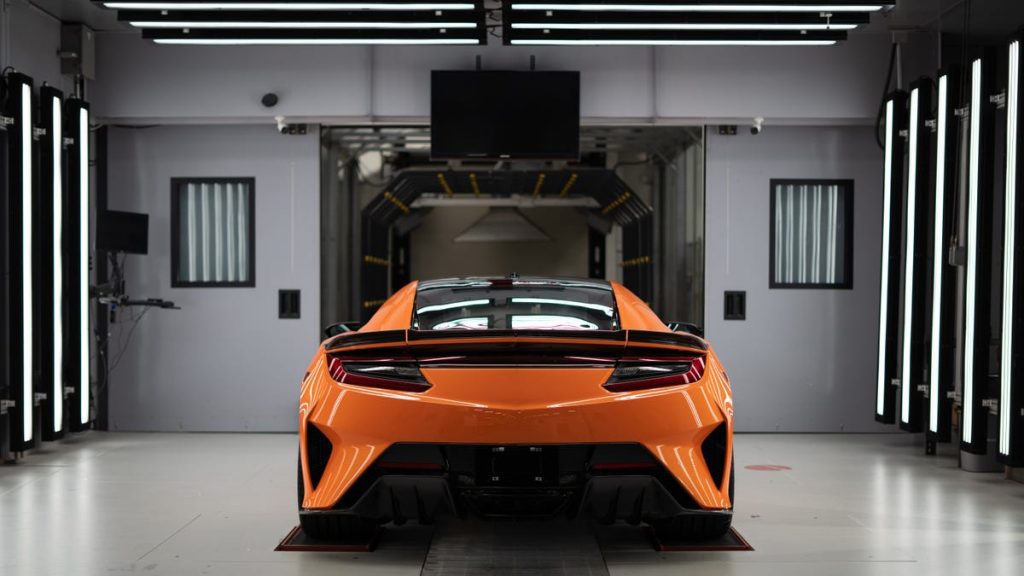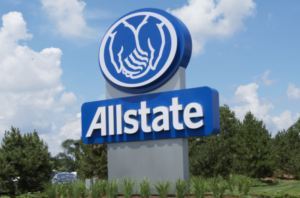What Comes Next For Acura's Performance Manufacturing Center?

Photo: Steve DaSilva
Forty minutes outside Columbus, Ohio, there’s an Acura plant. Not a massive, sprawling factory like you’d expect from a high-volume automaker, but something leaner — smaller, hand-built, more focused. It’s the Performance Manufacturing Center, home to every single Acura NSX. But with that car on its way out, what comes next for the factory?
After touring the facility, I’ve learned that its next job has to be something special. The PMC is Acura’s crown jewel of American manufacturing, after all. But what makes it so unique? How does it differ from any other car plant? And what could possibly be next for the space?
Full disclosure: Acura flew me out to Ohio to tour the Performance Manufacturing Center, see Honda’s heritage museum, and ride along in a Pikes Peak NSX. The company provided my airfare, food, and lodging, as well as the traditional Acura Press Trip Goodie Bag (some snacks, some Covid tests, a fancy cookie, and a hat).
Photo: Steve DaSilva
What Is The Acura Performance Manufacturing Center?
Put simply, the Performance Manufacturing Center is the factory that makes the NSX. Put more poetically, it’s the factory that the NSX built. See, the car and the plant were developed simultaneously — the car’s features and design informed how the factory would be constructed to build it. The result is a plant perfectly tailored to the NSX, in everything from its production lines to the track width of its in-floor dyno.
Of course, those production lines are a far cry from the heavily automated plants you might be mentally picturing, that produce high-volume cars. According to Acura representatives, the PMC has never made more than about 700 cars in a single year — a far cry from the 240,000-vehicle capacity of Honda’s nearby East Liberty plant. Here, you won’t see bare chassis carried along by robots, but pushed around on caster-wheeled carts. It’s all hand-made.
Photo: Steve DaSilva
Okay, fine, not all hand-made. Parts of the process, like welds and paint, are still automated at the PMC. But much of the process, from mounting engines and body panels to applying those final Acura badges, is still done by technicians rather than technology.
Not that technology isn’t involved, of course. Technicians use Bluetooth torque wrenches to install engines, ensuring each bolt is torqued to spec — and has that spec recorded for posterity. If a customer shows up to their local Acura dealer, claiming their car was built wrong, Acura can just go back and check.
Photo: Steve DaSilva
The PMC’s staff (at least, on the actual factory floor) is hired only from other Honda plants in Ohio. It’s a sought-after internal promotion, after a technician has spent years proving themselves at the company. This s a dedicated team here, at a special factory that builds only the most special cars.
Of course, PMC doesn’t just build the NSX. As the plant has gotten more established, Acura has begun using it to spice up more of the company’s lineup. These PMC Edition cars may not have thousands of horsepower, but they’re built with the same attention to detail as limited-production supercars — and factory-prepped racers, as the PMC handles all of Honda Performance Development’s Civic Si track cars.
Photo: Steve DaSilva
So What’s Next For The Performance Manufacturing Center?
Great question. Acura’s been tight-lipped about future plans, only revealing that something will happen with the facility after the last NSX Type S rolls off the production line. That much we probably could’ve guessed — an entire car factory is just a little bit too expensive to throw away, even for a company ad big as Honda.
So, we have a factory catered to low-production, high-performance machines, sitting in Ohio. It’s staffed by a team of Honda’s best, who have worked on the NSX, the PMC Editions of the RDX, MDX and (soon) TLX, and the HPD Civic Si. I, for one, have a theory about where they’ll go from here: the Integra Type S.
Photo: Steve DaSilva
Sure, the Integra Type S hasn’t been officially confirmed to exist, but it’s been repeatedly spotted testing. I even personally saw what looked like a camouflaged Integra while out in Ohio with Acura, though the company wouldn’t confirm any specifics about what I’d seen. But, when that high-performance Teggy finally reaches showrooms, I firmly believe it will come from the PMC. Allow me to explain.
After years of production in Europe, Civic Type R production has moved back home to Japan for the upcoming generation. Honda representatives have said that it just doesn’t make sense to build such a “smaller-volume” model abroad, next to its mass-market siblings in the plant in Indiana. But what if that smaller-production model had to be made in America?
Photo: Steve DaSilva
See, every U.S.-market Acura is built in the U.S., as the company is quick to tell you. Not only would building the Type S outside America be a major departure for the company, but the tooling doesn’t exist outside of Ohio — it would be a major cost to spin up construction in Japan.
The PMC will be open, and the Integra Type S will need a production facility. The plant is already experienced with the chassis, given that it builds the HPD Civic Si, and it can build higher volumes than the NSX — I was told the strictest bottleneck, an undercoating on the chassis, still allows up to eight cars through every day. That would allow for higher production numbers than the beloved DC2 Integra Type R, without sacrificing any of the exclusivity.
Photo: Steve DaSilva
Of course, this is all speculation. Acura has yet to even confirm the existence of the Integra Type S, let alone any plans to build it at the PMC in Ohio. But, if I were a betting man, that’s where my money would go. To quote a PMC employee, when I asked: “It would make sense.”






